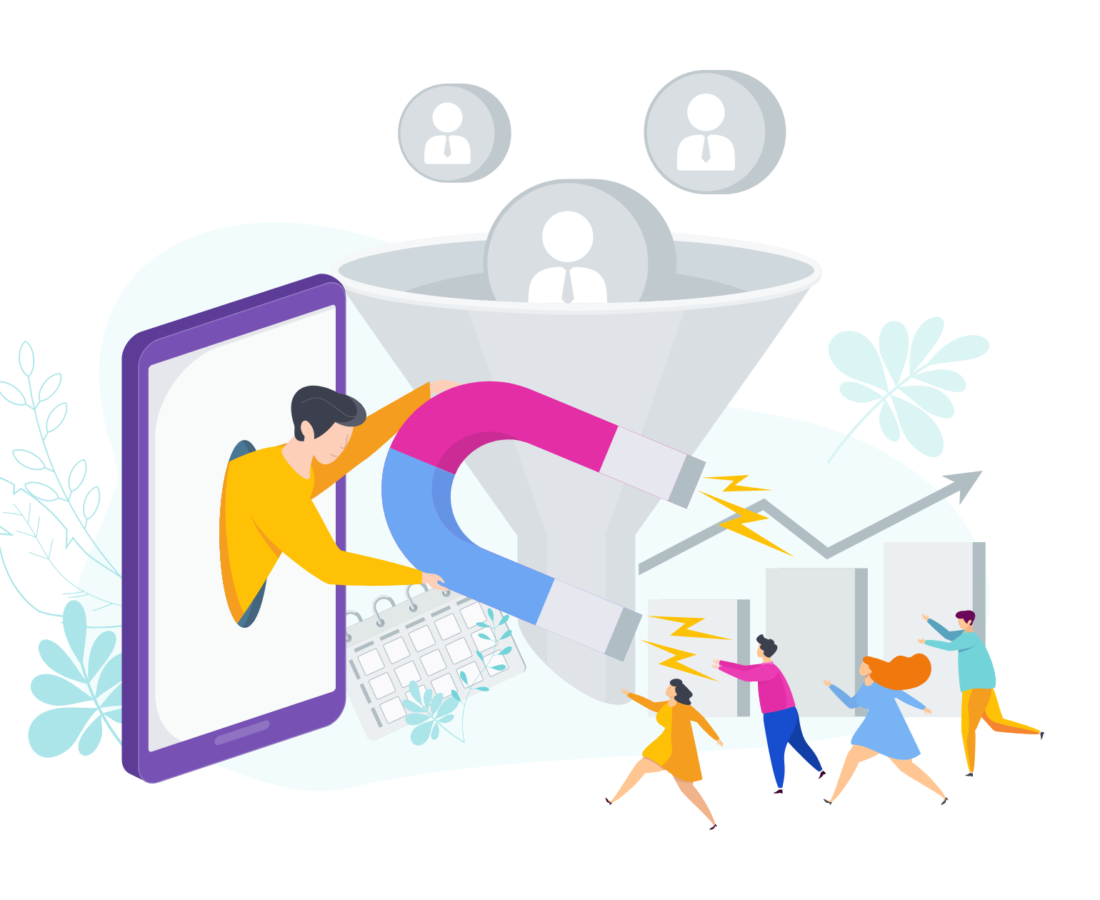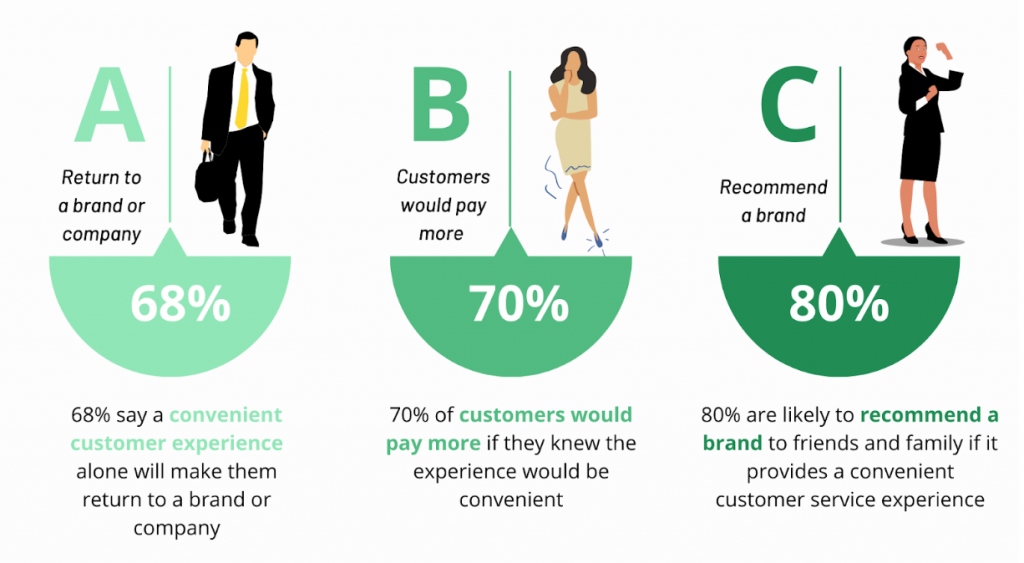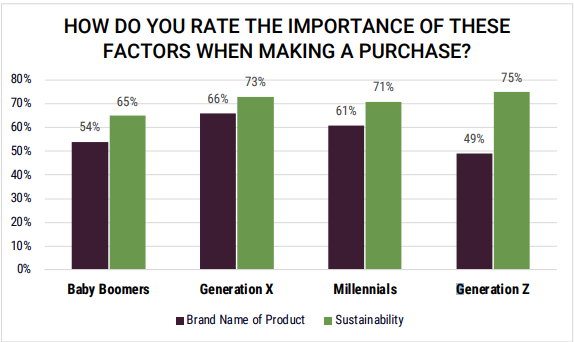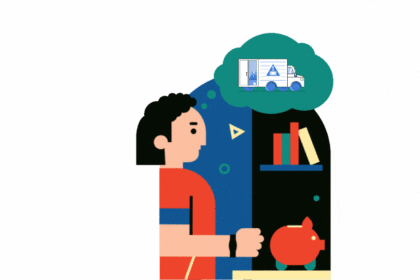Is your business future ready?
The e-commerce industry is continuously changing, so being up to date is crucial. In order to provide a seamless and engaging consumer experience across all touchpoints, including mobile commerce, beacon technology, and CTV advertising, the future of commerce must be fully omnichannel. Businesses must adopt a pipeline strategy, relying on data analytics and dynamic creative optimisation to boost conversions and produce an easy-to-use website experience.
The era of transactional e-commerce is no more; today’s consumers demand relational e-commerce that fosters creativity and discovery. Customers have the choice to begin their journey online and end up in physical stores, or vice versa, thanks to Google Lens and other tools.
Businesses must provide the best value proposition, convenience, loyalty programmes, and other services in order to meet customers’ expectations in 2023 and get repeat customers.
Why do you need repeat customers in your business?
- Getting new customers is expensive and time-consuming: Getting a new customer typically costs five times as much as keeping an existing one.
- Repeat customers are receptive to more: They’re eager to test out new goods and services from a company they already know and respect. (repeat customers spend 35% more per purchase than first-time customers`)
- Keeping loyal customers can improve a brand’s reputation because happy customers are more inclined to tell their friends and family about it.
Customer retention should be the top aim for any wise brand in the fiercely competitive industry of today
3 strategies to get repeat customers
1. Offer omnichannel customer support
The best wingman for both transactional and relational e-commerce is omnichannel customer support. Companies may design a seamless and “omni-awesome” client journey by swiping right on a variety of touchpoints, including calls, emails, social media, text messages, mobile apps, and more.
For example,
Lululemon, a retailer of athletic wear, offers customised video consultations with fitness professionals to assist customers in making purchase selections. A video can be scheduled by users with a fitness expert to get personalized recommendations and advice on which products to buy.
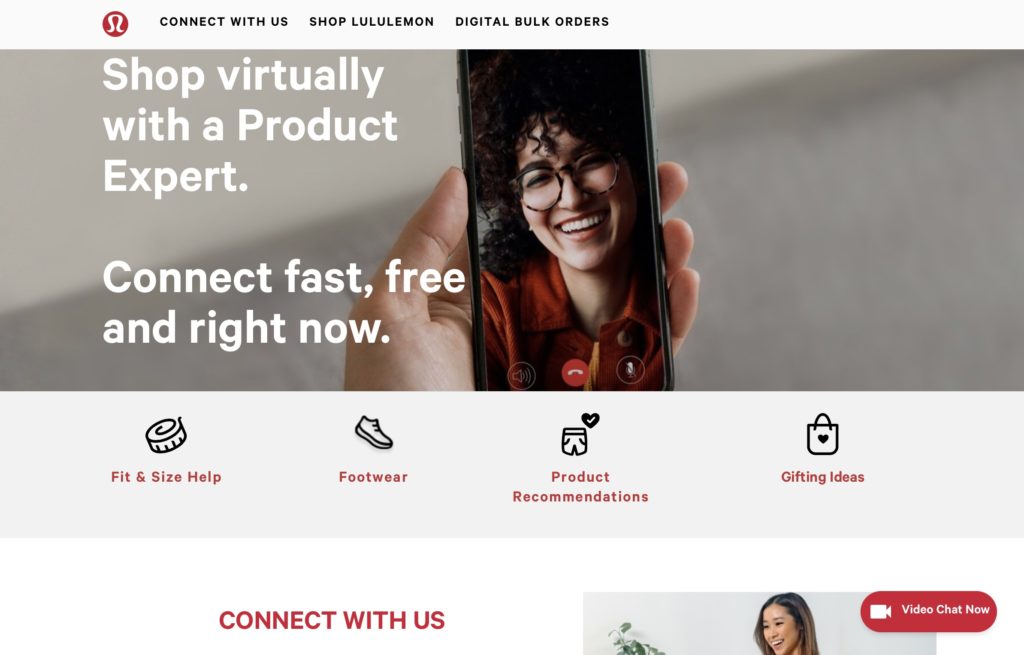
“According to research done by the Aberdeen Group, companies that provide a consistent service quality across multiple channels retain 89% of their customers.”
A seamless message approach that is cohesive is necessary to maintain consistency across channels. This strategy offers a customised message that matches the client journey across several channels, improving the potency of a business’ value offering and striking the proper chords with the target market.
In order to provide your customers with a complete omnichannel experience, you might begin with
- Recognizing the platforms that your customers are most likely to use.
- Providing a consolidated platform for customer assistance that integrates channels.
- Communicating consistently to foster trust.
- Providing opportunities for self-service, such a knowledge base or FAQ area.
- Training customer service representatives to respond to inquiries from all channels.
2. Offer the most convenient experience
Online mattress and bedding retailer Casper is an example of an e-commerce company that puts its customers’ convenience first. Customers may test out their mattress at home with Casper’s 100-night sleep trial and return it for a full refund if they’re not satisfied. Also, they perform all of the labor-intensive lifting. When you place an online order, they bring the item to your home and pick it up if you decide to return the mattress. Customers may easily buy and return things thanks to their free shipping and returns policy. In addition, Casper offers a 24/7 chatbot on their website to assist users with any queries or worries they might have. Casper has been able to give customers a more seamless and delightful purchasing experience by putting convenience first. .
Convenience is king
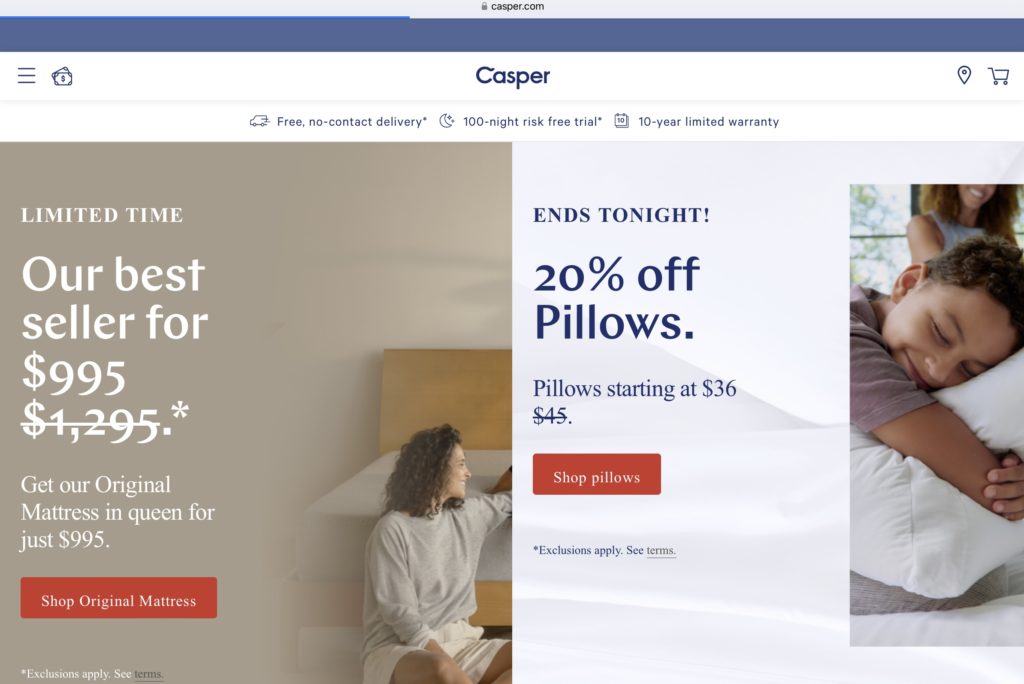
Checkouts using a mobile wallet are another example of how businesses can make their consumers’ lives more convenient. Customers can quickly and securely conduct purchases without using physical payment methods by adopting this feature. In actuality, Apple Pay now accounts for 48% of mobile wallet checkouts in-store. For instance, Casper’s new one-click experience lets users purchase their favourite mattresses without first creating an account, substantially streamlining the purchasing process.
The new voice search e-commerce trend is another thing that e-commerce firms can accomplish. As more and more customers utilise virtual assistants like Alexa from Amazon and Google Home from Google, voice search is becoming more and more significant in e-commerce.
As you can see, advanced technology greatly contributes to convenience by streamlining the purchasing process, providing a variety of payment options, offering quick and free shipping, implementing a mobile-friendly design, customising the shopping experience, providing round-the-clock customer support, and integrating with voice assistants.
Customers must come first for businesses, and this means putting themselves in their shoes and foreseeing their demands. Companies may offer a more convenient and Personalised service that satisfies the constantly changing needs of modern clients by adopting a customer-first mentality.
3. Educate your customers where necessary
Customers are overwhelmed with options as internet buying expands, and trust is getting harder to come by. This is where taking on the role of a champion for a cause is useful.
Building trust with your customers can be accomplished by educating them about your product and the sustainability practices you employ (given that 75% of US consumers are concerned about the environmental impact of the products they purchase). Customers are more inclined to buy from you again and recommend your business when they have faith in you.
Educating your clients could boost your profitability while also fostering a sense of trust with them. Customers can make better selections if you educate them about your goods and services. Also, they are less likely to return the item.
How can you inform your audience? Consider utilizing cutting-edge methods like augmented reality to assist buyers in determining whether the product is a good fit for them. For instance, a stove manufacturer could utilize AR to check whether a customer’s kitchen will accommodate the stove perfectly.
Here are two actual companies that educated their clients while increasing profitability.
In order to ensure that customers discover the ideal fit and style, the eyewear firm Warby Parker uses a virtual try-on tool

The cosmetics company Lush has launched a “Naked Packaging” programme to lessen their usage of single-use plastics. With emails, social media posts, and in-store signage, customers are made aware of this programme. . Lush has been able to grow its customer base and revenue by informing their customers about the value of decreasing plastic waste.
(According to an Edelman study, two thirds of consumers buy based on beliefs. This means brands can no longer remain neutral, but you need to back up your values with action.)
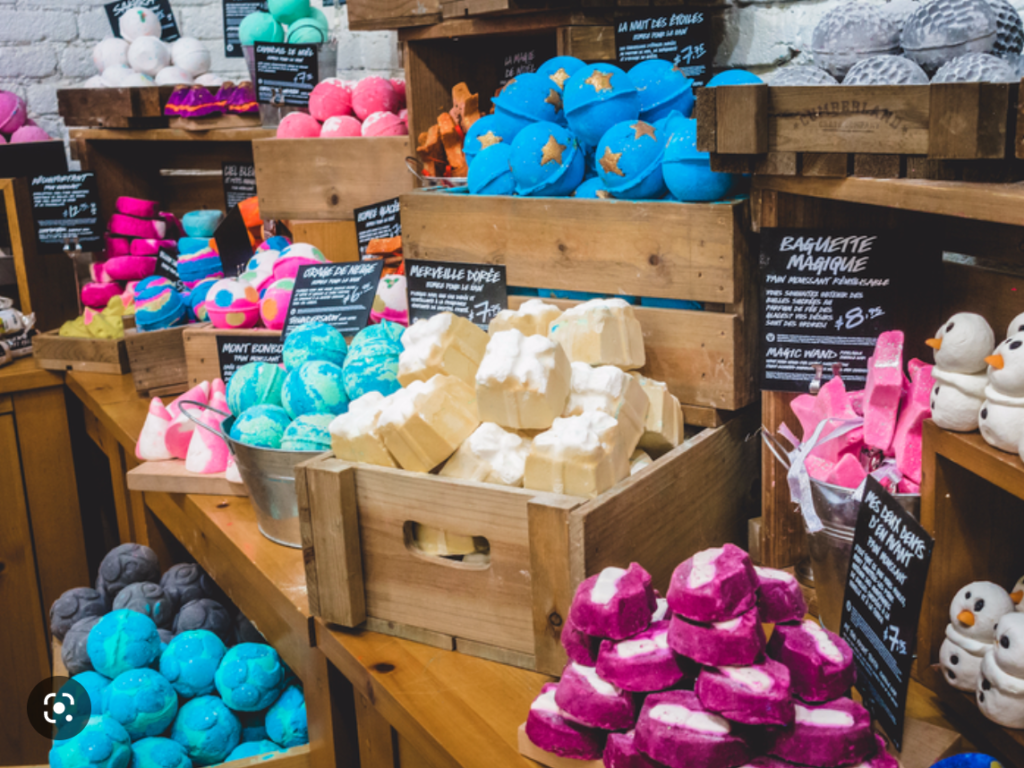
Thus, remember to effectively inform your customers of whatever environmental good deeds you undertake going forward
Bottom Line
Too often, businesses that only concentrate on acquiring new customers miss out on the hidden revenue that exists within their current customer base. Yet, businesses may position themselves to gain from building and nurturing a return client base by putting a few strategies in place. Ultimately, maintaining and keeping your current clients is more efficient than acquiring new ones.
Crunch some numbers, see how your company is fairing, and update your retention strategy today.
